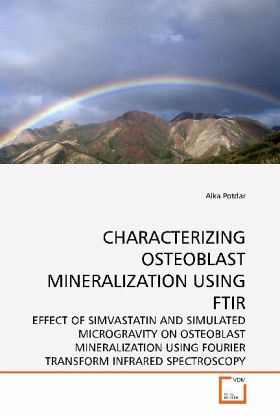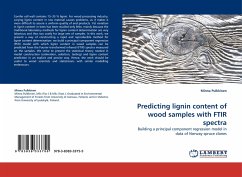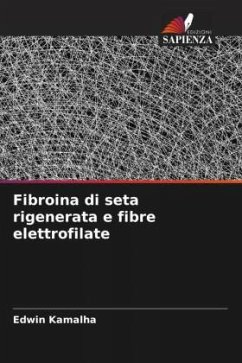
CHARACTERIZING OSTEOBLAST MINERALIZATION USING FTIR
EFFECT OF SIMVASTATIN AND SIMULATED MICROGRAVITY ON OSTEOBLAST MINERALIZATION USING FOURIER TRANSFORM INFRARED SPECTROSCOPY
Versandkostenfrei!
Versandfertig in 6-10 Tagen
32,99 €
inkl. MwSt.

PAYBACK Punkte
16 °P sammeln!
The ability of a cholesterol-reducing drug, simvastatin, to stimulate the formation of hydroxyapatite in an osteoblast-like cell line, was studied using Fourier transform infrared spectroscopy. Hydroxyapatite was detected using both Fourier transform infrared spectroscopy and von Kossa staining techniques a week earlier when cells were cultured in growth media supplemented with simvastatin in a tissue culture polystyrene system. Analysis of infrared spectra using area integration and curve-fitting techniques was performed to quantify the hydroxyapatite content in cells relative to the biologic...
The ability of a cholesterol-reducing drug, simvastatin, to stimulate the formation of hydroxyapatite in an osteoblast-like cell line, was studied using Fourier transform infrared spectroscopy. Hydroxyapatite was detected using both Fourier transform infrared spectroscopy and von Kossa staining techniques a week earlier when cells were cultured in growth media supplemented with simvastatin in a tissue culture polystyrene system. Analysis of infrared spectra using area integration and curve-fitting techniques was performed to quantify the hydroxyapatite content in cells relative to the biological matrix. Infrared spectroscopy was used to quantify the mineralization process. Cells grown in a rotating bioreactor mineralized more rapidly than cells grown in tissue culture polystyrene systems.












